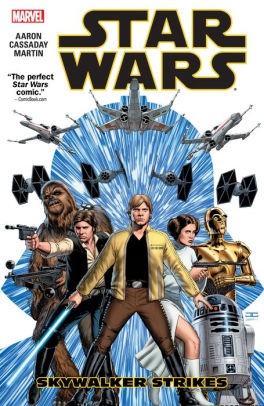In "Understanding Comics" by Scott McCloud, describes virtual sequential art "as art that is in pictures, it is the art of comics" (McCloud 5).This means that art in pictures is beyond what one sees. It is in fact the beauty that makes up a whole new world beyond comics. It is what makes a comic one worth to look at and read. McCloud later states that "this world is only one- of many possible worlds." I think he means that comics come with the imagination of difference between all comic authors. Although there could exist some similar comics, there will never be quite the same.That is another plus about comics. There will always be comics that share something different, even with the same idea and concept, there will always be something that makes each comic stand out. An icon is then described as many things, but McCloud uses the term to describe a place,person, idea, or thing. An icon is also most likely known as pictures that correspond to that icon stated. For example, an icon of a pizza reflects that of a pizza clearly. Iconography is what makes up a comic, it is indeed symbols, and images used in the work of art itself. Both images and icons better helps me understand comics because of being a visual learning. I appreciate all sorts of art, and so it is much more easy for me to see pictures included in a comic. It also helps my imagination go wild. Images are a great way to capture a reader's attention, as well information about that image being shown. The cover of one of my favorite comics I chose to talk about is Star wars vol. 1 by Jason Aaron. In the cover you see Luke Skywalker, Princess Leia, Chewbacca, the rebel alliance, Han Solo, R2-D2, and C-3PO droid. The cover captures the strong, bold, and the courageous side of the gang. I love it! It is quite beautiful when a picture can capture an emotion and portray it so well! I have included my image down below for further observations. As you can see from below, The cover page is so well illustrated that not only does it intrigued a Star-Wars fan like myself, but it also might serve as a great attention getter to those who aren't as much of fans. Scott McCloud's "Understanding Comics" taught me that there is in fact a whole new world beyond many worlds of the art of comics.

Barnes & Noble. (n.d.). Star Wars Vol. 1: SkyWalker Strikes.
Comments
Post a Comment